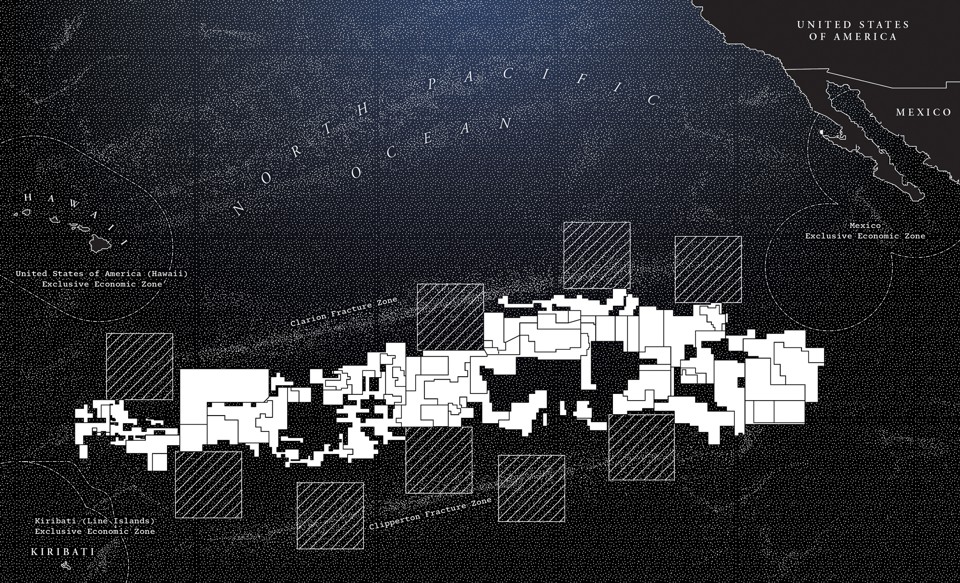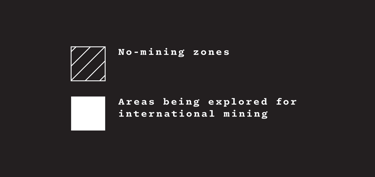Apr 17
20200
Pacifism as Pathology, Social Engineering
5G Block & Chain Blockchain Digitalization Fourth Industrial Repression Fourth Industrial Revolution Human Capital ID2020 Internet of Things IoT New Deal for Nature UBI Universal Basic Income World Economic Forum
Resist the Fourth Industrial Repression!
April 17, 2020
By Paul Cudenec
The First Industrial Repression saw us thrown off the land, forced into crowded towns and cities, used as human fodder for the dark satanic mills of the new steam-powered capitalist world.
The Second Industrial Repression electrified the rule of The Machine. New generations were born who had never tasted freedom. Their lives and their thinking were increasingly dominated by the rhythms of industrial mass production.
The Third Industrial Repression heralded the arrival of computers and robots. Human beings were now expected to meekly conform to these automated norms and functions.
And now we face the onset of the Fourth Industrial Repression (4IR), the most deathly repression of them all…
Its Internet of Things aims to create a matrix of total connectivity, of which it is the owner.
You, your home, your family, your friends, your relationships and your activities will all belong to the 4IR.
Its technocrats regard you as nothing more than another piece of disposable fleshware, one unit among millions, just another figure on its global balance sheet of exploitation.
The 4IR will track you and always know where you are, whom you are with, what you are doing.
It demands your total obedience. You can have no values, ideals or dreams of your own, only the ones authorised by the system.
Disobedient units are unproductive units.
The 4IR will know how to spot you, if you even so much as consider stepping out of line. Its predictive policing will quickly identify you as an anti-social element, a pre-criminal, a thought criminal.
It will send out its robots and its drones to neutralise you and protect the safe functioning of the matrix.
Digital identity systems. Militarised 5G. Neuro-technological brain enhancements. Genetic editing.
Cybersecurity Macht Frei!
The 4IR will not tolerate any irresponsible words or behaviour that present a threat to health and safety, to law and order, to resilience and prosperity.
Submission. Sycophancy. Slavery. We’re all in it together, citizen!

It shows us the misery and disease inflicted by the First, Second and Third Industrial Repressions and insists that the “solution” is a fourth dose of the same deadly industrial poison.
The intelligence of the 4IR is entirely artificial and its dead robot brain cannot smell what we smell, feel what we feel, love what we love.
It coldly ignores the timeless and vital value of people, animals, trees, plants and the whole organic reality of which these form part.
Instead it sees just raw material for its own profit.
It thirsts above all for data, endless floods of data to be collected, processed, sold and transformed into the wealth which buys its total control.
The Fourth Industrial Repression wants to replace everything true and authentic with its replicas, with a reality not so much virtual as entirely fake.

The 4IR wants to abolish the lives we have known. It wants to microchip us, lock us up in little cages, and force-feed us chemical food substitutes, laced with feel-good soma.
It cannot tolerate the idea that we might enjoy anything for free, such as sunshine, fresh air and the wild outdoors.
It craves a total monopoly of our experience. Cut off from the real world, from authenticity and liberty, we will have no choice but to buy and consume the poisonous ersatz reality it has carefully manufactured.
The 4IR, like all the other repressions before it, is built on our separation from one another, the destruction of our communities and the undermining of our solidarities.
“Social distancing” is the prerequisite for its seizure of complete power.
The 4IR wants us all to be on our own, online and in line.
The 4IR empties everything of meaning, particularly words. It says “sustainable” when it means ecocidal. It says “development” when it means destruction. It says “basic universal income” when it means slavery.
When the 4IR talks about “social impact investing” it really means it wants to turn human beings into lucrative investment opportunities.
Human capital. Human cattle.

When the 4IR demands “biosecurity”, it means the security of its own systems of control against the threat from biological reality. From nature, from life, from us!
The 4IR thinks it is so smart. Its glossy propaganda promises us smart mobility in a smart economy, smart living and smart governance for the smart people of tomorrow.
The smart money is on the 4IR project. The smart money of the smart-arse smart set. Smart is the new smug.
The 4IR employs huge armies of professional liars and gullible fools to spread its propaganda and scream abuse at all who dare challenge its fearmongering falsehoods.
The 4IR is a death cult which dreams of wiping out everything that is natural, everything that is wild, everything that is free.
Resist the Fourth Industrial Repression!
Fight the 4IR!
[Paul Cudenec is the author of The Anarchist Revelation; Antibodies, Anarchangels & Other Essays; The Stifled Soul of Humankind; Forms of Freedom; The Fakir of Florence; Nature, Essence & Anarchy and The Green One. All of these have been published by Winter Oak Press – www.winteroak.org.uk. He is also a member of Shoal Collective, a cooperative of independent writers and researchers, writing for social justice and a world beyond capitalism. He has contributed to publications such as Red Pepper, Green Anarchist and The Morning Star. His work has been described as “mind-expanding and well-written” by Permaculture magazine.]






















![Video still. Peter Schwartz, Salesforce "welcomes Klaus Schwab, World Economic Forum Executive Chairman and Founder, into the Salesforce LIVE Studio for a chat about the future of global governance." [2014]](https://i0.wp.com/www.wrongkindofgreen.org/wp-content/uploads/2020/03/salesforce-live.png?resize=690%2C471&ssl=1)






































